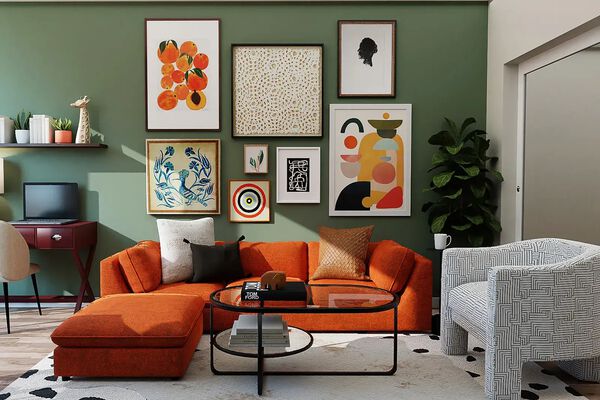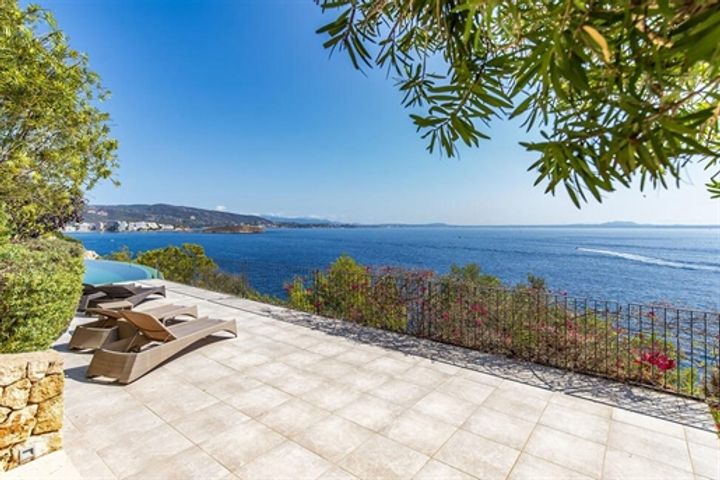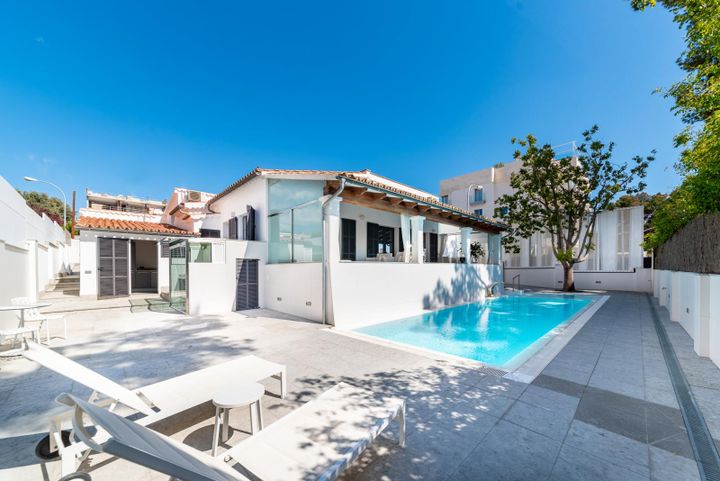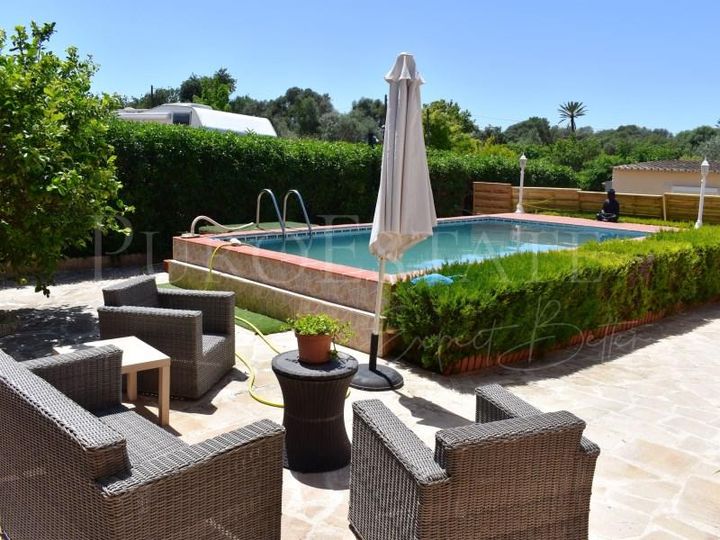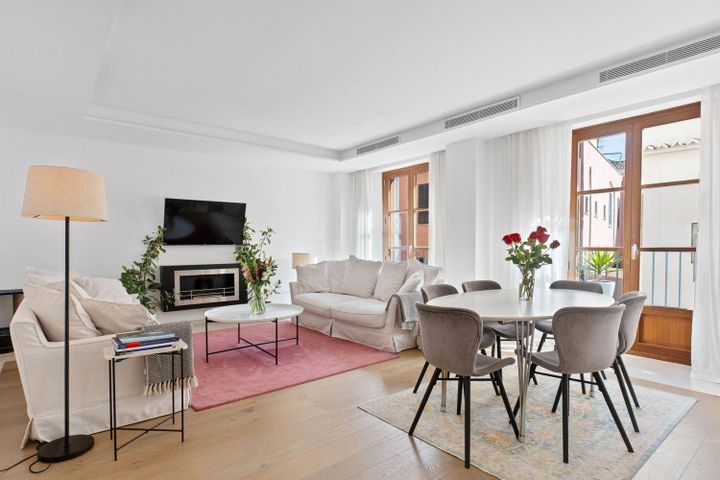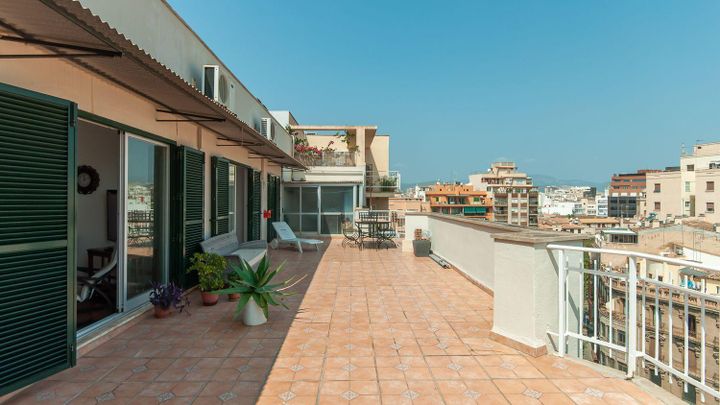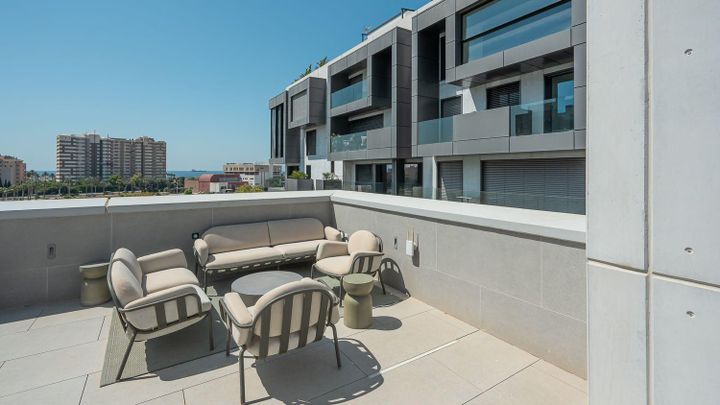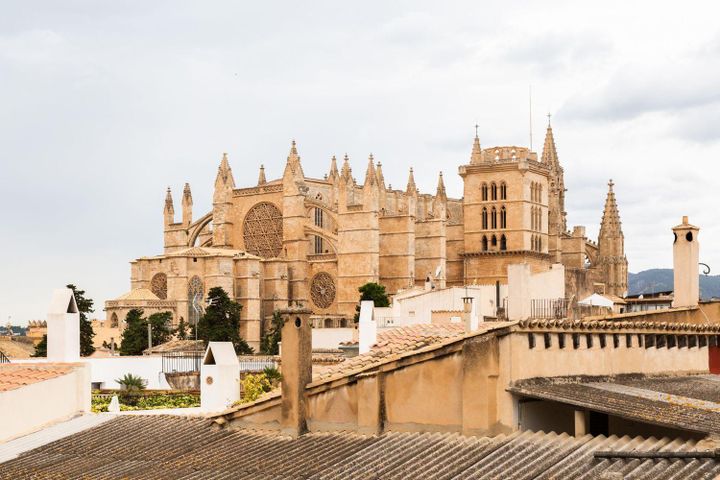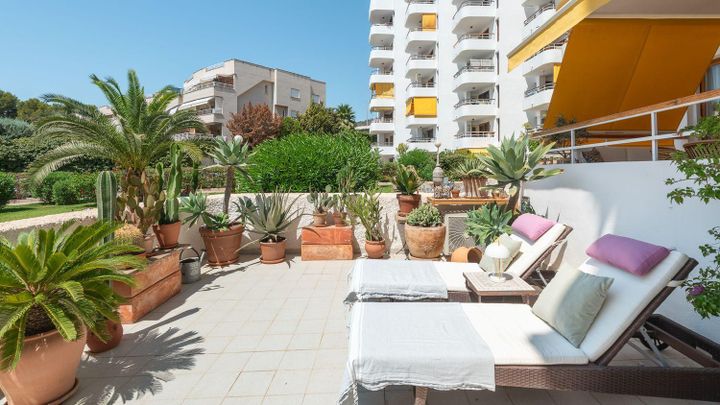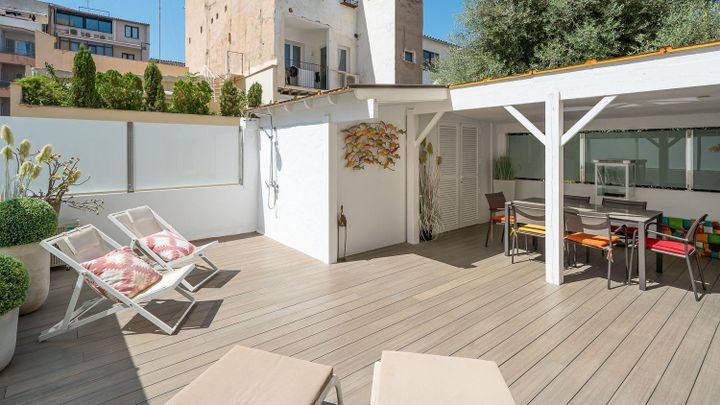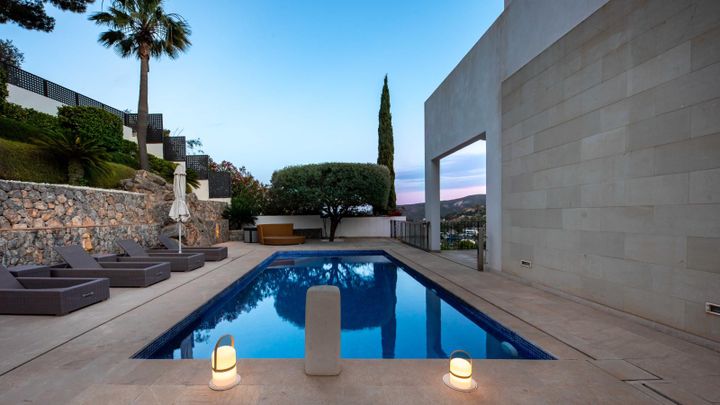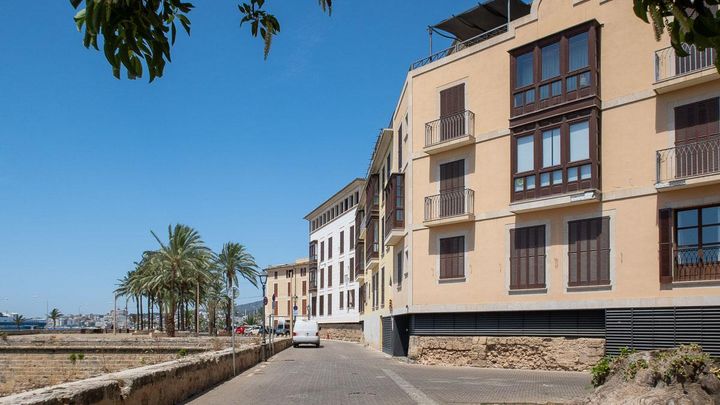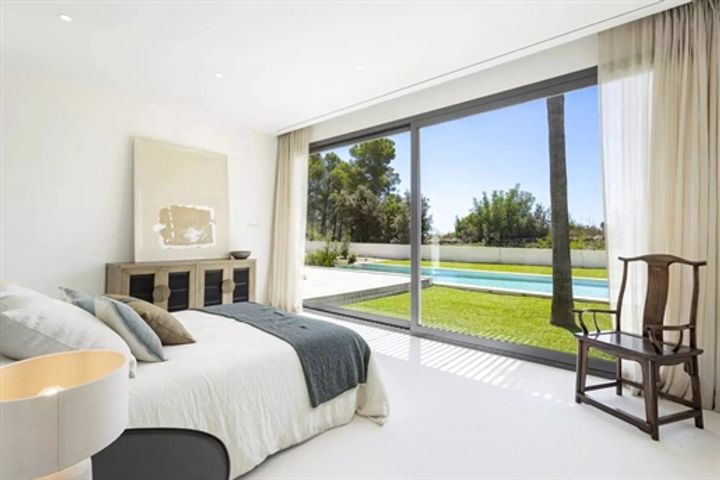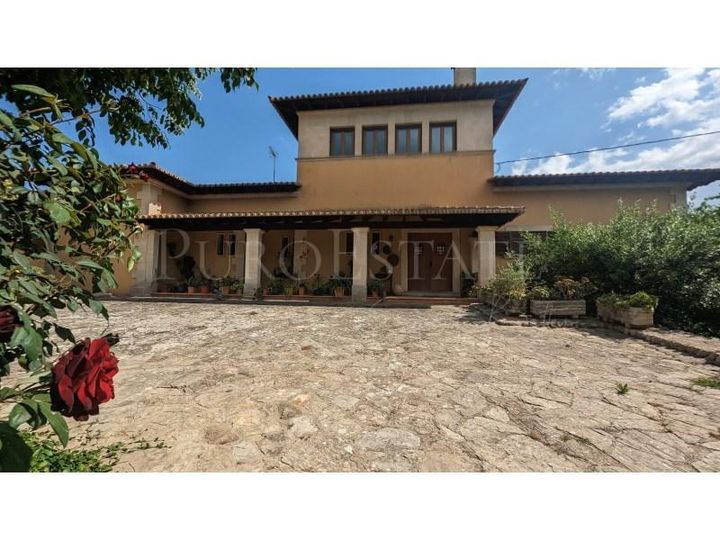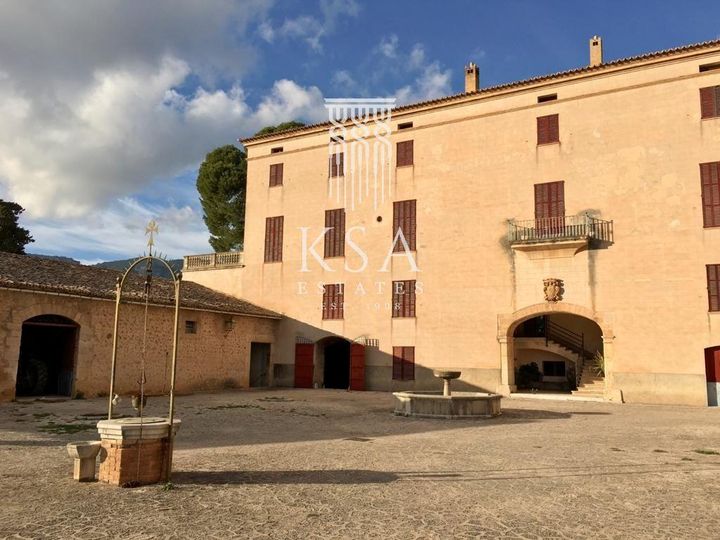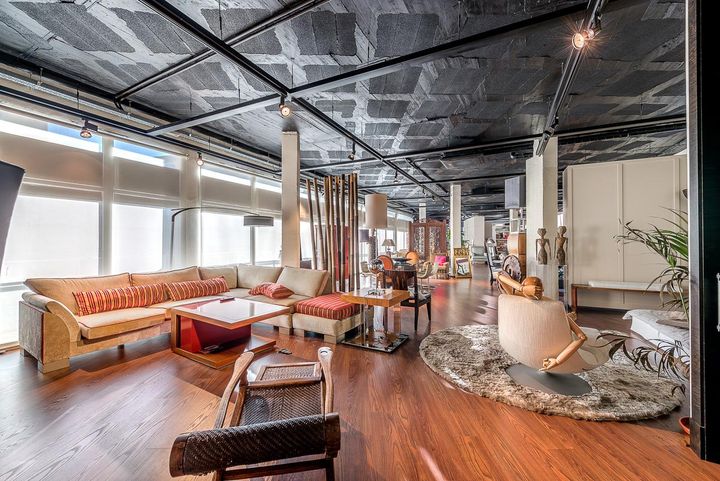Over the past few years, property prices in Palma de Mallorca have experienced a significant upward trend, largely driven by increased demand from both international buyers and local investors. In 2018, the average price per square meter hovered around €2,500, but by early 2023, that figure had escalated to nearly €3,500, reflecting a growth of approximately 40% in five years. Neighborhoods such as Santa Catalina and Son Vida have seen even steeper price hikes, with luxury villas and modern apartments often exceeding €5 million, pushing the average prices in these exclusive areas to around €4,000 per square meter. Factors contributing to this surge include an influx of foreign residents seeking second homes, the appeal of Mallorca's lifestyle, and limited available inventory, particularly in prime locations close to the waterfront. Additionally, the pandemic has shifted more buyers' priorities, with a greater emphasis on properties offering outdoor space and good connectivity.
Palma De Mallorca
Location
Price Range
Any price
Price Range
Minimum
No min
Maximum
No max
Property type
Show all
Property type
Show all
House
Apartment
Building
Other
Bedrooms
Any beds
Bedrooms
Minimum
No min
Maximum
No max
Surface Range
Any surface
Surface Range
Minimum
No min
Maximum
No max
Sale type
For sale
Sale type
Show all
To rent
For sale
Location
Apartments and houses for sale in Palma De Mallorca
141 results
Recent
Palma De Mallorca insights
| Aspect | Summary |
|---|---|
| Population | 416,000 |
| Average Property Price | €3,000 per m² |
| Rental Yield | 5.5% |
| Average Rent | €1,200 per month |
| Occupancy Rate | 80% |
| Capital Growth Rate | 4% per annum |
| Property Tax | 1.1% of the property value |
| Transaction Costs | 7% of the property price |
| Expected ROI | 8.5% |
| Economic Growth Impact | Positive, driven by tourism and expatriate demand |
Palma De Mallorca FAQ
How have property prices in Palma de Mallorca changed over the last few years?
What is the average price per square meter for apartments in Palma de Mallorca?
The average price per square meter for apartments in Palma de Mallorca varies significantly based on location, type, and amenities. As of late 2023, prices typically range between €2,500 to €4,500 per square meter. In the more sought-after areas, such as Santa Catalina and the Old Town, prices can soar above €5,000 per square meter, especially for modern apartments with sea views. Meanwhile, neighborhoods like Son Rapinya or El Terreno may offer more affordable options, averaging around €2,200 to €3,000 per square meter. For perspective, a 70 square meter apartment in a prime area might list for around €350,000, while a similar-sized unit in a less central neighborhood could price around €150,000 to €210,000. These variations reflect the diverse appeal of different locales within Palma.
Are property prices higher in the city center or in the outskirts of Palma de Mallorca?
Property prices in the city center of Palma de Mallorca are generally higher than those in the outskirts. Central areas, like La Lonja and Santa Catalina, are particularly sought after due to their vibrant atmosphere, proximity to shops, restaurants, and cultural landmarks. For instance, a two-bedroom apartment in the city center can command prices upwards of €3,500 per square meter, whereas similar properties on the outskirts, such as in Son Espanyolet or El Terreno, typically fall in the range of €2,000 to €2,500 per square meter. Additionally, areas like Portixol and Molinar, while still within reach of the central vibe, offer a mix of waterfront properties and family-oriented neighborhoods at a slightly lower cost. This pattern reflects a consistent trend where urban amenities and lifestyle benefits drive demand, leading to elevated prices in prime locations compared to more suburban settings.
What are the trends in luxury real estate prices in Palma de Mallorca?
In recent years, luxury real estate prices in Palma de Mallorca have seen a significant upward trend, driven by high demand from international buyers, especially from the UK, Germany, and Scandinavia. Properties in prime areas such as the Old Town and along the seafront have recorded impressive price increases, with some luxury apartments now exceeding €10,000 per square meter. For instance, the restoration of historic buildings in the Old Town has attracted affluent buyers seeking exclusive residences with character. Furthermore, villas in sought-after neighborhoods like Son Vida or La Bonanova have seen listings surpassing €5 million, reflecting the area's appeal for those looking for spacious homes with panoramic views. The influx of wealthy individuals seeking both holiday homes and permanent residences has also put pressure on inventory, contributing to escalating prices. Additionally, the COVID-19 pandemic has shifted preferences towards properties with private outdoor spaces, further influencing market dynamics and causing significant price appreciation in such listings.
How do rental prices compare to purchase prices in Palma de Mallorca?
In Palma de Mallorca, rental prices tend to be more affordable than purchase prices, reflecting the high demand for both short-term and long-term accommodations in the area. As of 2023, average monthly rents for a one-bedroom apartment in the city center hover around €1,200, while the same property could be listed for approximately €300,000 to €400,000 for purchase, depending on location and amenities. In neighborhoods like Santa Catalina or La Lonja, rents can significantly increase due to their trendy atmospheres, reaching up to €1,500 per month, while purchase prices can soar to €500,000 or more for similar properties. Conversely, areas further from the city center, such as Son Vida, see higher purchase prices averaging €1 million for villas, yet rentals may stagnate around €2,500, underscoring the disparity. When comparing rental yields, property owners often find returns around 5-6% locally, reflecting a thriving rental market driven by tourism and a steady influx of expatriates.
What impact does tourism have on real estate prices in Palma de Mallorca?
Tourism in Palma de Mallorca significantly influences real estate prices, primarily driven by demand for both residential and investment properties. As Palma attracts millions of visitors annually, the influx has led to a surge in short-term rental options, particularly in popular neighborhoods like Santa Catalina and La Lonja. These areas see heightened competition for properties, pushing up prices as investors seek profitable rental opportunities. For instance, properties that were once affordable for locals have become targets for foreign buyers, particularly from Germany and the UK, drawn by the island's lifestyle and climate. Moreover, luxury developments catering to affluent tourists further drive up the overall market, creating a disparity between local and foreign investments. This increase in tourism-related real estate activity can sometimes lead to gentrification, affecting long-term residents and altering the character of neighborhoods.
What factors influence real estate prices in Palma de Mallorca?
Real estate prices in Palma de Mallorca are influenced by a variety of factors, including location, property type, and market demand. The proximity to the waterfront and iconic sites like the Catedral de Mallorca typically drives up prices, with areas such as Santa Catalina and La Lonja often fetching higher premiums due to their vibrant atmospheres and amenities. The age and condition of the properties also play a crucial role; modern apartments with sea views tend to command higher prices compared to older, less maintained buildings. Economic factors, such as interest rates and tourism rates, further impact real estate demand, especially since travel and investment from foreign buyers, particularly from the UK and Germany, contribute substantially to the local market's dynamics. Seasonal fluctuations can also affect prices, with high demand during the summer months leading to increased property interest and rental prices. Additionally, local regulations and urban development plans can influence the desirability and, subsequently, the cost of real estate in certain neighborhoods.

